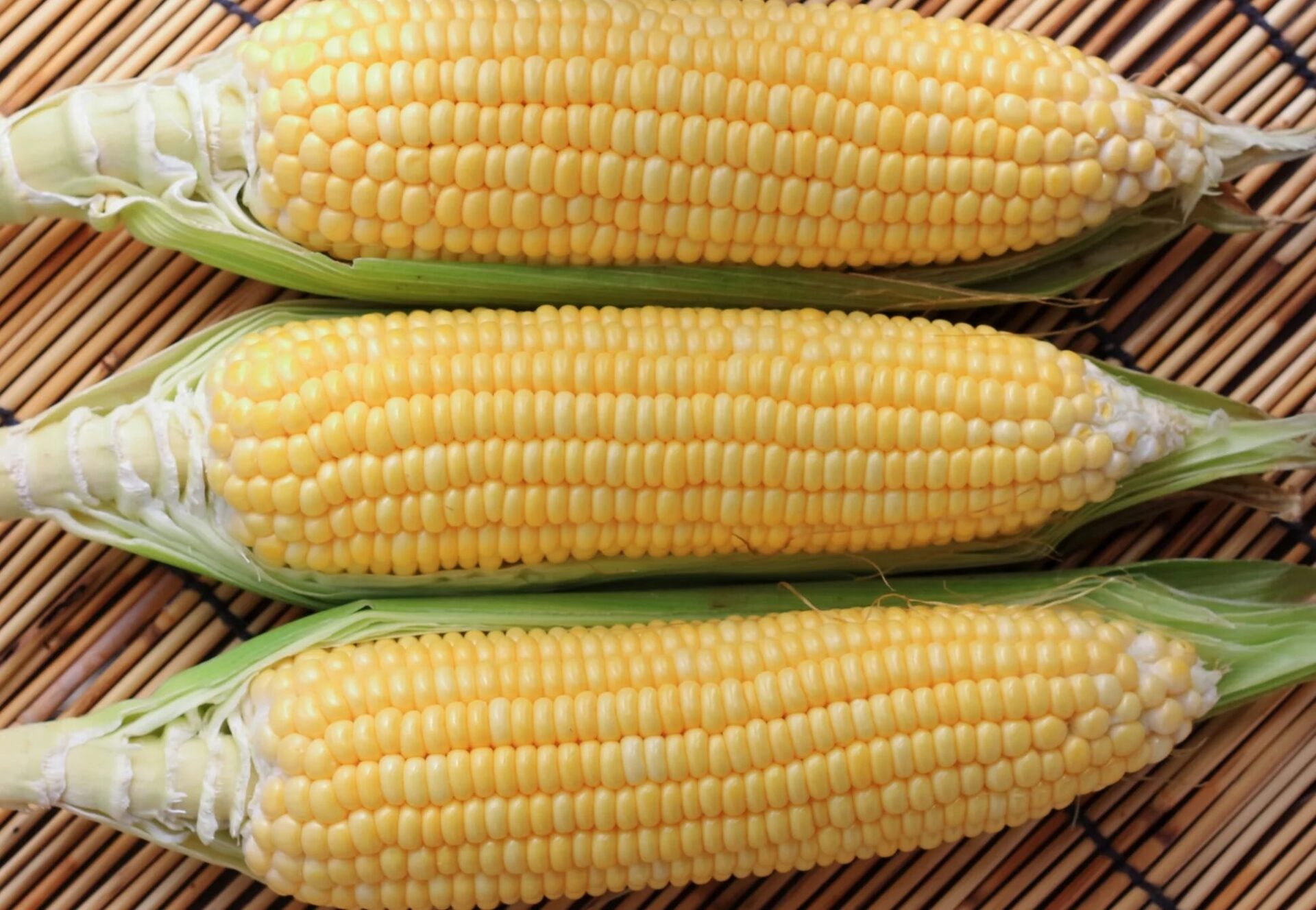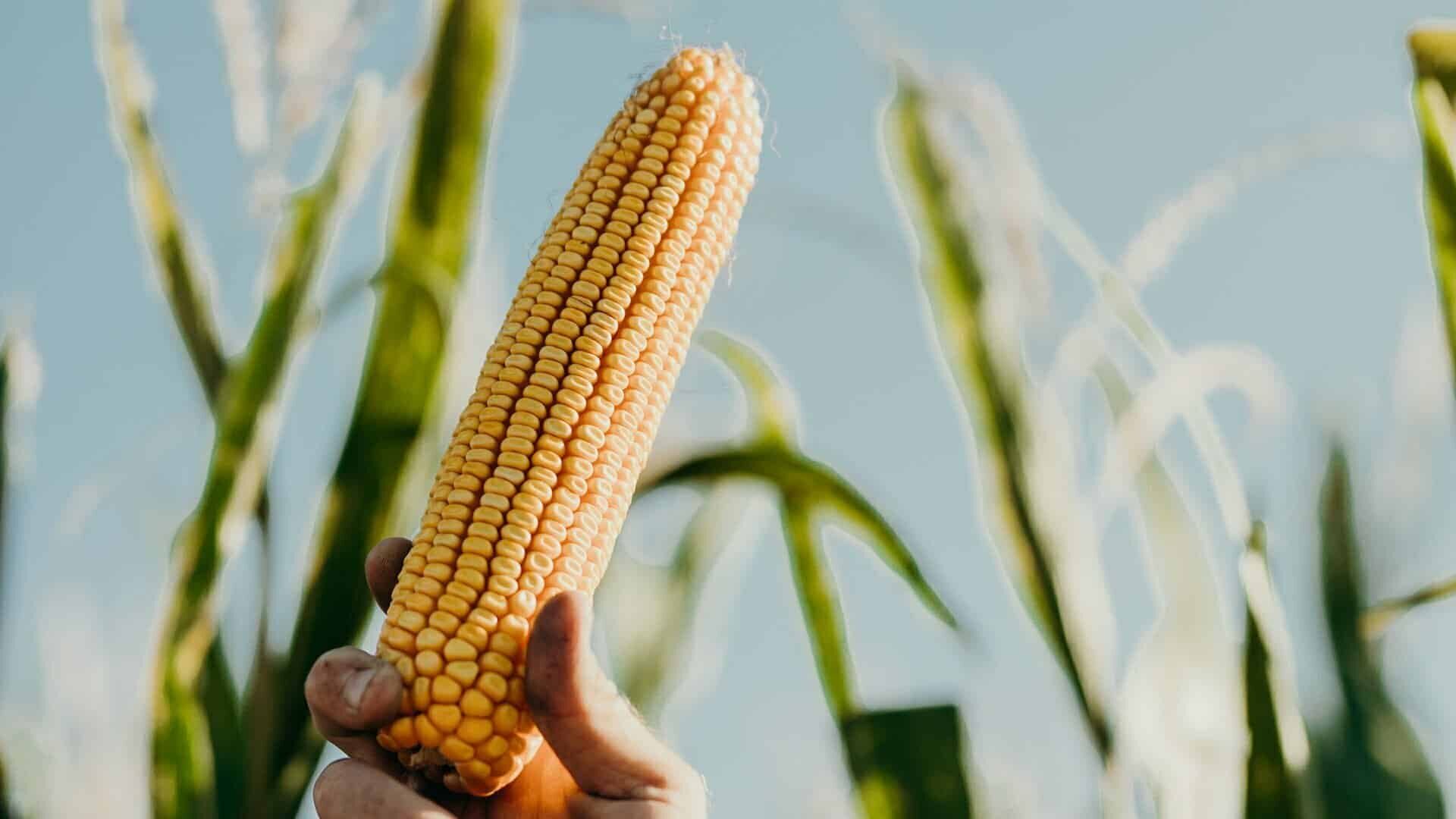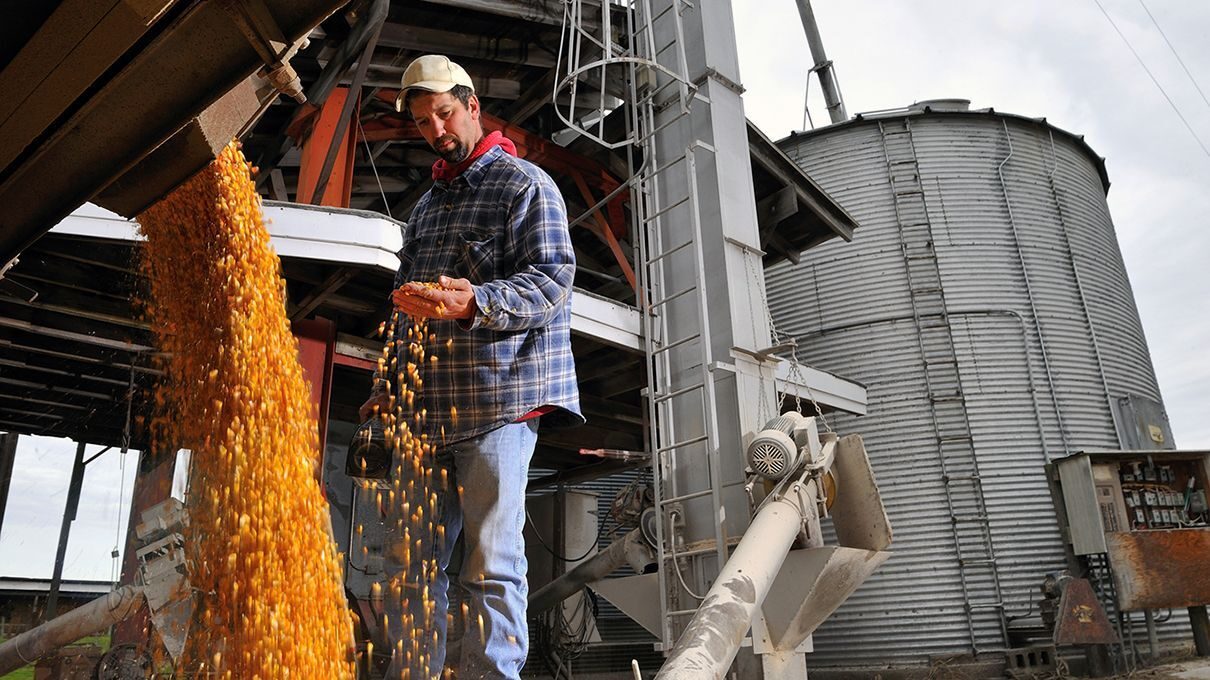
Corn, also known as maize, is a mighty grain that has reigned supreme in kitchens and fields for centuries. Think of it as the chameleon of the agricultural world – it can transform itself into a surprising array of products, from the familiar (corn on the cob) to the unexpected (biofuel!).
But corn’s uses extend far beyond the dinner table. This golden grain is a powerhouse of versatility, with applications that touch almost every aspect of our lives. So, buckle up and husk the truth about corn – it’s about to become a whole lot more interesting than just a buttered summer side dish!
The Culinary Delights of Corn

Let’s start with the most familiar – corn as a food source. From the juicy kernels enjoyed on the cob to the finely ground cornmeal used in fluffy cornbread, corn is a delicious and versatile staple across cultures. Here’s a glimpse into its culinary adventures:
The Sweet and Savory Spectrum
- Sweet Corn: This juicy summer treat needs no introduction. Boiled, roasted, or grilled, it’s a delightful addition to any barbecue. Sweet corn can also be creamed for a comforting side dish or used in succotash, a vibrant summer stew.
- Popcorn: The ultimate movie companion! These fluffy kernels transform into airy puffs of goodness with the application of heat. From classic movie theater popcorn to gourmet flavored varieties, popcorn is a snacking sensation.
- Cornbread: A Southern staple, cornbread is a delightful combination of cornmeal, flour, and leavening agents. It can be enjoyed crumbled over chili, slathered with butter, or even used as a base for stuffing.
A Global Grain
Corn’s culinary journey extends far beyond American borders. Here are some international corn delights to explore:
- Masa: The foundation of Mexican cuisine, masa is a dough made from nixtamalized corn (corn treated with an alkaline solution). It’s used to create tortillas, tamales, and other delicious dishes.
- Polenta: A creamy Italian dish made from coarse cornmeal, polenta is a versatile base for stews, sauces, or even enjoyed plain with cheese.
- Arepas: A Venezuelan staple, arepas are flatbreads made from ground corn. They can be enjoyed stuffed with savory fillings or simply toasted with butter.
The Industrial Applications of Corn

Corn’s versatility extends far beyond the realm of food. This resourceful grain has found its way into a surprising array of industrial applications, making it a valuable player in various sectors.
Fueling the Future
- Biofuel: Corn can be converted into ethanol, a renewable biofuel that can be used to power vehicles. While there are debates surrounding its environmental impact, biofuel offers a potential alternative to fossil fuels.
- Cornstarch: This versatile industrial starch is derived from corn kernels and has a wide range of applications. It’s used as a thickener in food production, a binder in adhesives, and even in the production of textiles.
From Corn to Chemistry
- Corn Syrup: A common sweetener derived from corn starch, corn syrup finds its way into various processed foods and beverages.
- Citric Acid: This ubiquitous acid used in food and beverage production, pharmaceuticals, and even cleaning products can be derived from corn fermentation.
- Lactic Acid: Another product of corn fermentation, lactic acid finds applications in the food industry (think yogurt production) and even in the bioplastics industry.
Corn’s Contribution to Everyday Products
Corn’s influence extends to the everyday products we encounter. Here are a few surprising examples:
- Cosmetics: Corn-derived ingredients can be found in lotions, makeup, and even hair care products. These ingredients offer thickening and binding properties.
- Diapers: Superabsorbent polymers derived from corn are used in diapers to absorb and retain fluids.
- Building Materials: Cornstarch can be used as a binder in eco-friendly building materials like bioplastics.
Conclusion
As you can see, corn is much more than just a summer barbecue staple. This versatile grain plays a significant role in our food system, fuels various industries, and even contributes to the everyday products we use. So, the next time you bite into a juicy kernel or pick up a corn-derived product, remember – the humble corn cob holds a surprising power within its golden shell!
You May Also Like…
- Maize (ZEA MAYS): The Health Benefit
- Read The Health benefit of Rice (Oryza Sativa)
- Read The Health Benefit of Amaranthus Vegetable here
FAQs
Q1: Is corn a healthy food?
Corn can be part of a healthy diet, but it depends on how it’s prepared. Sweet corn and popcorn are generally higher in sugar than other corn products. Cornbread can be a healthy option when made with whole-wheat flour and limited added sugars.
Q2: Are there any downsides to corn production?
Corn production can be water-intensive, and the use of certain fertilizers can raise environmental concerns. Additionally, the reliance on monoculture farming (planting only one crop) can contribute to soil depletion. However, there are efforts towards sustainable corn farming practices that are minimizing these environmental impacts.
Q3: What are some alternatives to corn-derived products?
There are various alternatives available depending on the product. For example, tapioca starch or arrowroot powder can be used as thickeners instead of cornstarch. Natural sweeteners like stevia or honey can be used in place of corn syrup.
Q4: How can I be a more conscious consumer of corn products?
Look for products that use organic corn or corn grown with sustainable practices. Opt for whole-grain corn products over refined varieties whenever possible. Reduce your overall consumption of processed foods that often contain corn-derived ingredients.
Q5: What does the future hold for corn?
Corn research is ongoing, with scientists exploring its potential in new areas. This includes developing corn varieties with improved nutritional profiles and even using corn to create bioplastics as a more sustainable alternative to traditional plastics.


